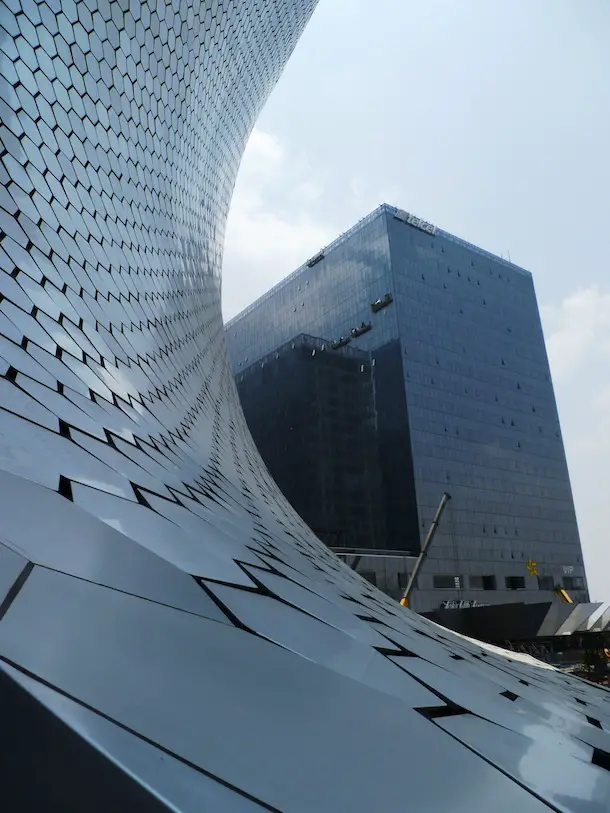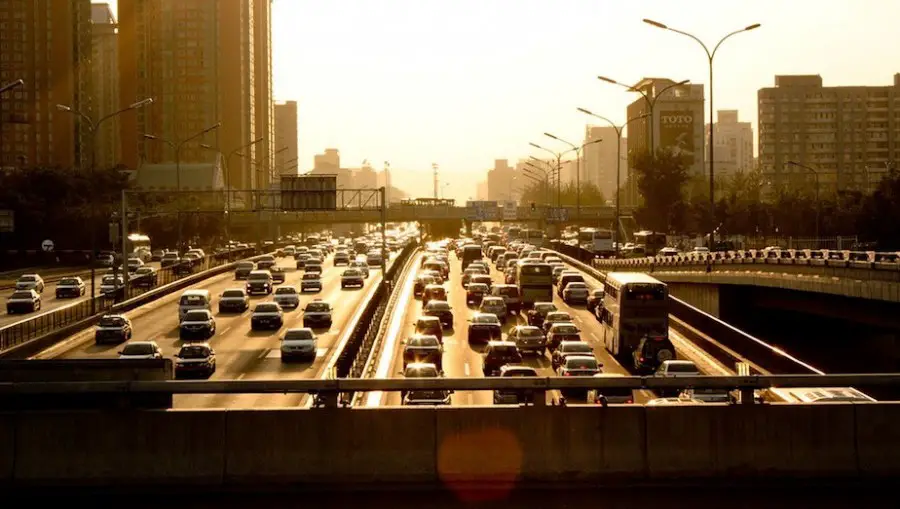I was in New York last week when it was announced that two-thirds of New Yorkers support bike lanes in their city. Cycling is now, undeniably, an integral part of life in the Big Apple.
Famous images of New York nearly always emphasize the city’s skyline and streets gridlocked with yellow taxis. But New York isn’t all designer shopping and ‘Sex in the City’. Since launching Sustainable Streets, a strategic plan that outlines goals for a more sustainable transportation system with better infrastructure and increased mobility, in 2008 the New York City Department of Transportation have boulevarded Broadway, created ‘Car Free Streets’ and built bikeways in Brooklyn and the Bronx.
Transportation has always been, and always will be, key to unlocking the potential of a city, that’s why over the last four years NYCDOT have built 250 miles of bike lanes. Building high quality protected and connected bicycle infrastructure, in a city where 80% of ‘public space’ is streets/footpaths used by eight million people each day has increased cycling by 300%, encouraged different demographic groups particularly women, children and tourists to cycle and furthermore improved traffic flow by 30%.
The Hudson River Greenway bike path on the western side of Manhattan is the most heavily used bike path in the United States. The 4 metre wide protected cycle path with separate pedestrian facilities runs along the western side of Manhattan on the banks of the Hudson River linking Central Park with the Financial District and Wall Street and is packed with cyclists – even in a afternoon thunderstorm!

NYCDOT’s award-wining design for Manhattan’s 9th Avenue protected bicycle lane achieves a variety of improvements. In addition to the separating cyclists from motor vehicles travel lanes and providing for safe vehicle turning movement across the bicycle way, it significantly narrows the avenue crossing distance for pedestrians and creates a more peaceful pedestrian environment along the east side of the street.
Commuter cycling increased 35% from 2007–2008 thanks in part to innovative designs that improve cyclist sense of safety. The NYC Cycling Safety Indicator describes changes in cyclist safety over the past decade while accounting for the increase in bicycle use in New York City. The decrease in the Cycling Safety Indicator from 397 in 2000 to 113 in 2010 represents a 72% decrease in the average risk of a serious injury experienced by commuter cyclists in New York City.
In Summer 2008 NYCDOT transformed Broadway creating a ribbon of public gathering spaces along with a protected bikeway. The positive response by New Yorkers was instantaneous with people flocking to the area. Barbara Randall, Director of the Fashion centre Business Improvement District says the plazas “Transforming Broadway, visually and mentally, makes people think of the street differently, thinking of it as a destination where you can watch the world go by” and like Transportation Commissioner Sadik-Khan notes “Broadway is not famous for the cars that go through it.”
New York has the most famous streets in the world. Making them the most attractive streets for walking and cycling benefits everyone, creates more pleasant links between destinations and provides an environment that is enjoyable as well as functional.
So, what can we learn from the ‘City that never sleeps’? We need to engineer people into our city planning, we need to invite people into our streets and we need to build quality sustainable mobility infrastructure. As the New York Times says “Mayor Bloomberg is right to provide more elbow room for the people who give the city the life it needs.”
Rachel Smith is a Principal Transport Planner with a professional technical services consultancy in Brisbane. Rachel is the Founder and Creative Director of Cycling Super Highways and Co-Creator of Lazy Sunday Cycle.


